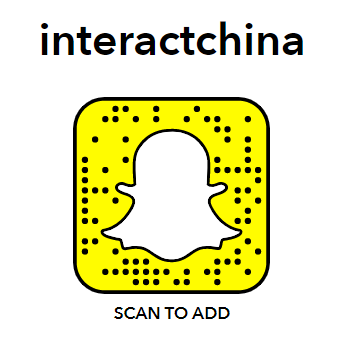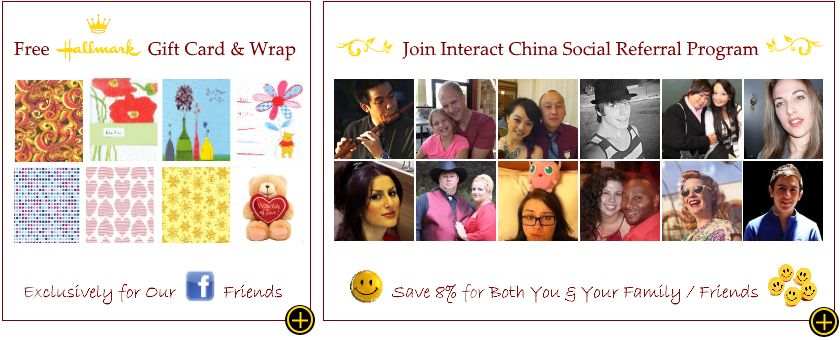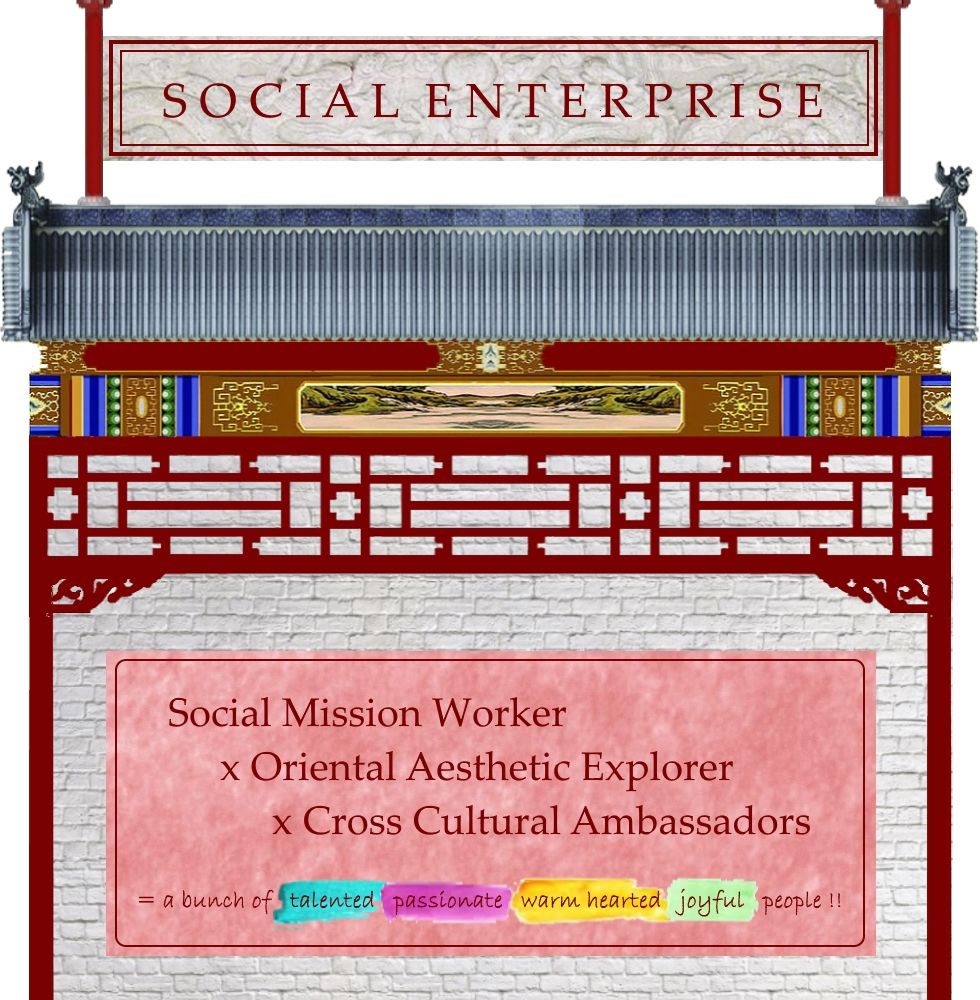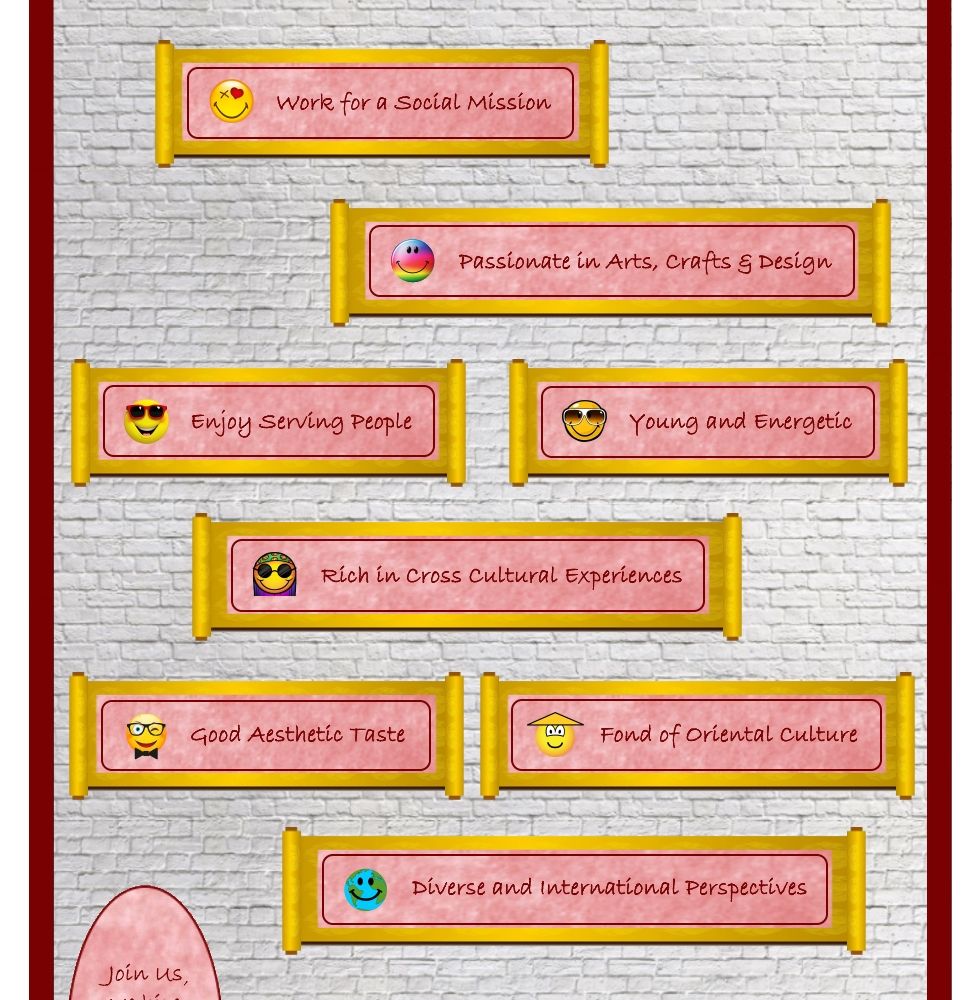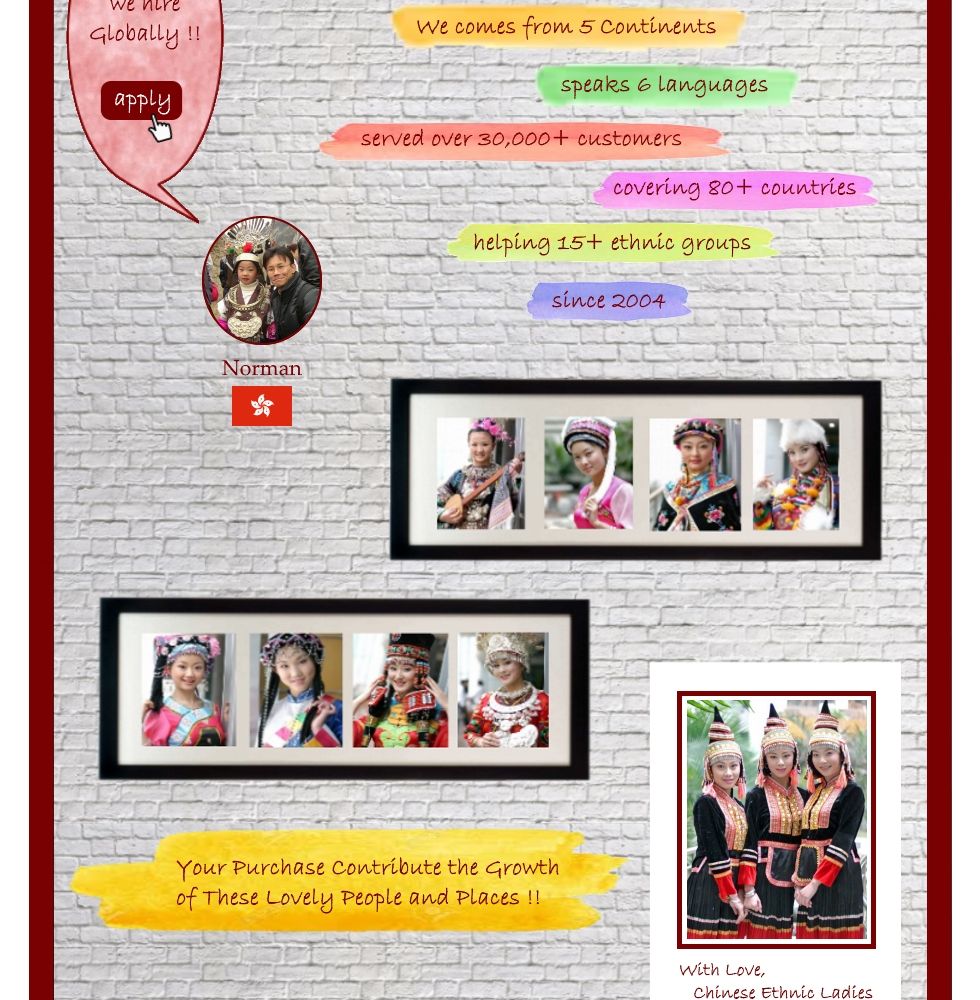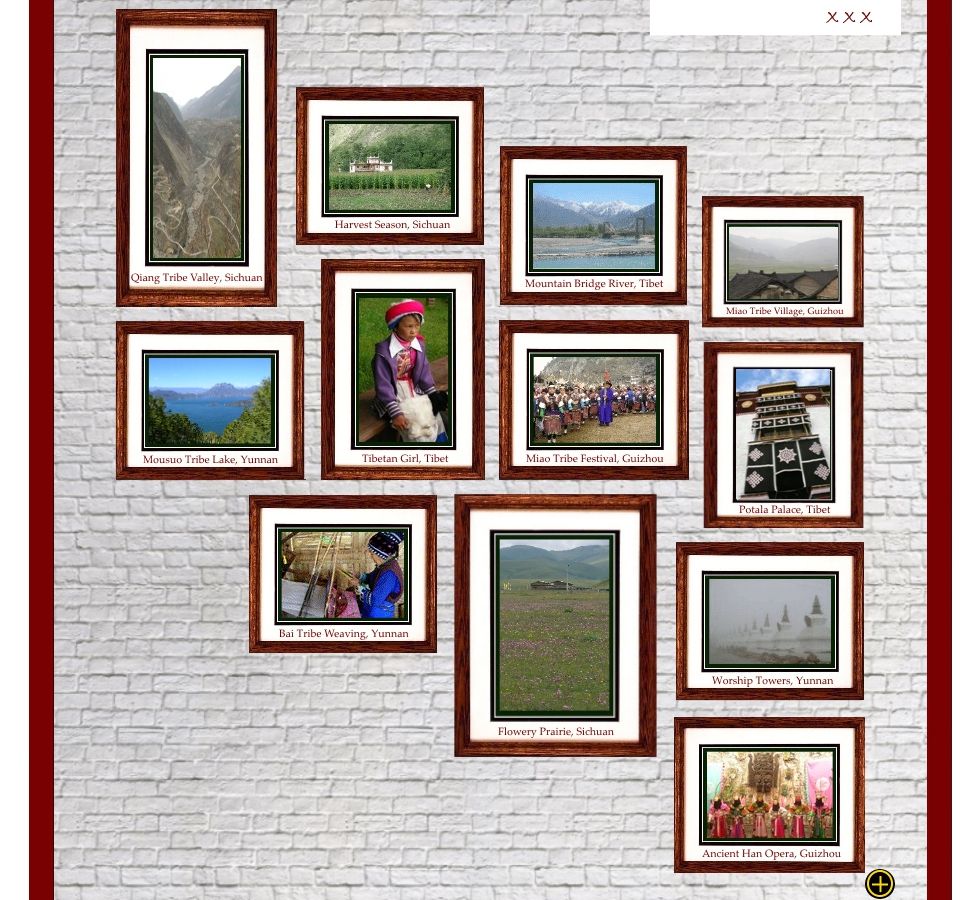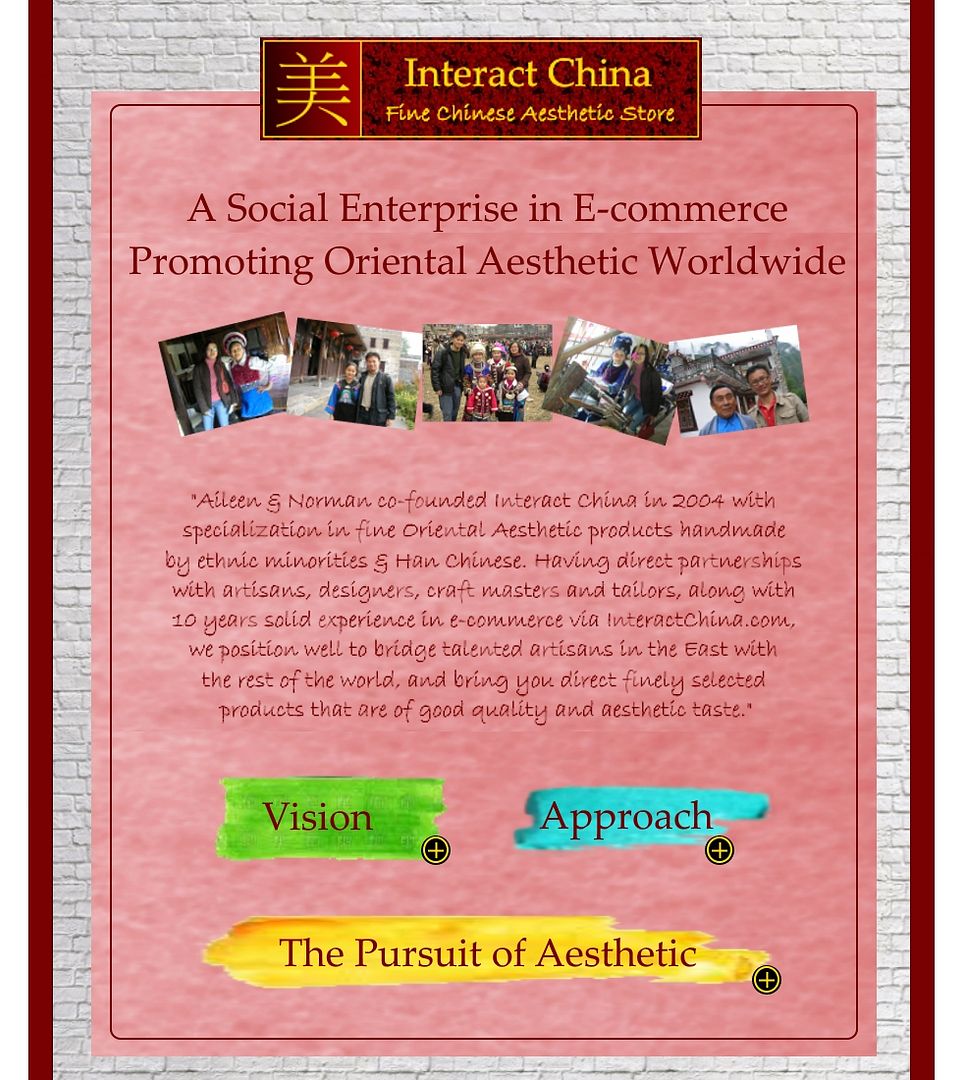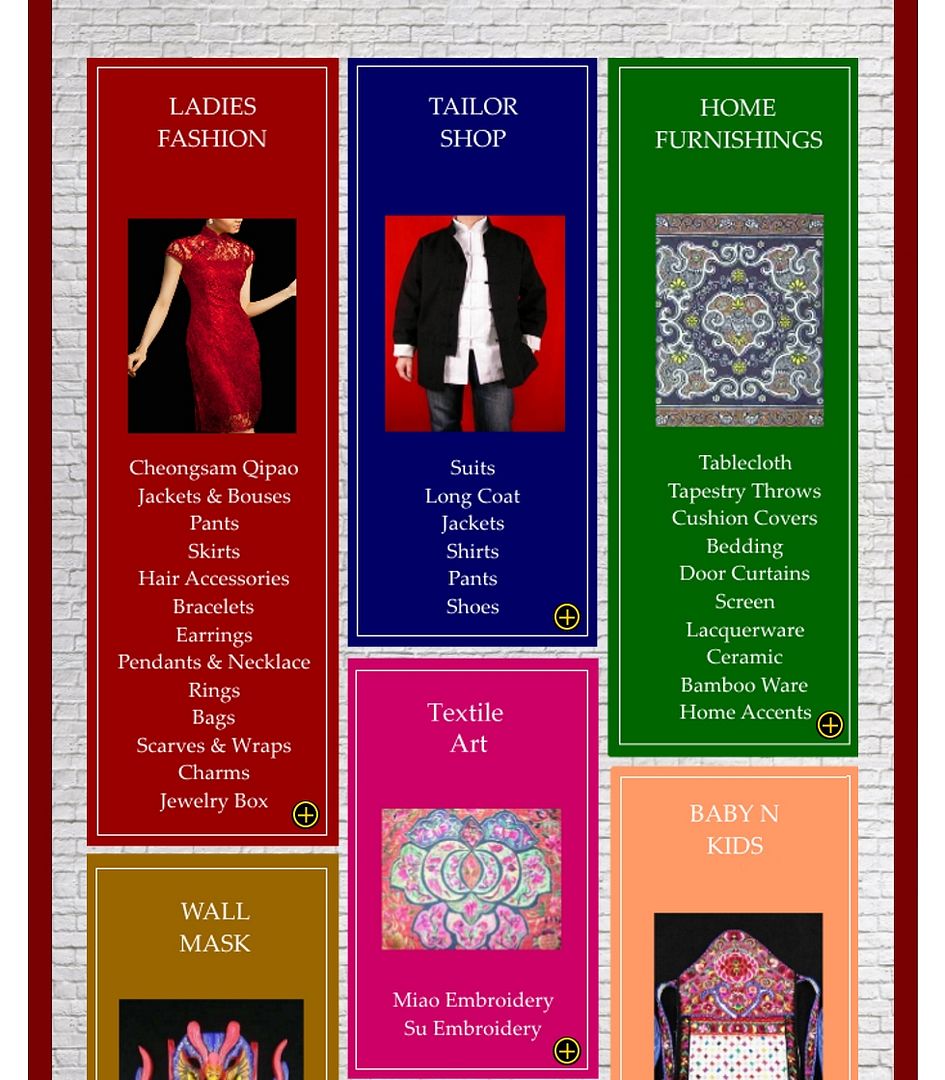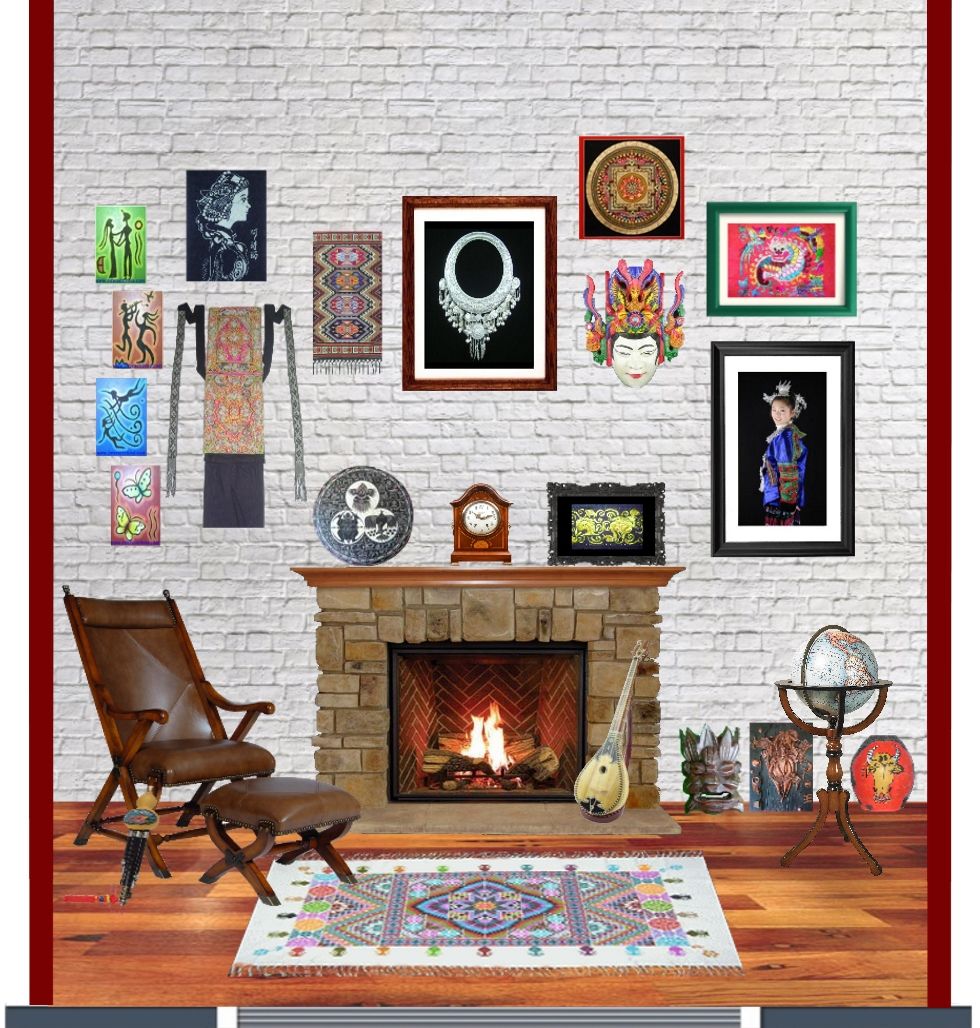Chinese Traditional Clothing I
5th Jun 2017
Chinese culture is one of the few surviving ancient cultures of the world. For thousands of years, generations of clothing designers have devoted themselves to building the Kingdom of Clothes, making the garments that cover the human body into an important component of Chinese culture. The progress of nation can be seen through its changes in clothing styles.
History of Chinese Clothing
China has many ethnic groups, and each had their own influences, but the overall style was set by rulers of each dynasty. Invasions and contacts with trading partners brought influences from the Middle East, Mongolia, Manchuria and Korea. With the opening of China in the 1840s, modern Western dress began to be adopted.


Ancient China
Silk cloth was in use by 1600 B.C. and was reserved for nobility or wealthy people. Most early Chinese wore clothing woven from hemp or ramie. Women wore floor-length tunics or shorter tunics over skirts, while men wore shorter tunics with skirts. In cold weather, pants and padded jackets were used. Silk could be plain or patterned and was decorated with embroidery. During the Zhou Dynasty, from 1046 to 256 B.C., clothing was for court robes, religious ceremonies, military uniforms and weddings. Things changed in the Han Dynasty from 256 to 25 A.D., when people were allowed to wear whatever they wished. Women wore jackets and skirts in colors depending on the season, black for winter, blue in spring, red for summer and yellow in autumn.
Further Cultural Admixture
From the second to the fifth centuries, northern peoples moved south, bringing their costume styles with them. During the Sui (581-618CE) and Tang Dynasties (618-907CE), jackets, coats, robes, waist cloths, long and short trousers, jackets, socks, shoes and boots were worn, and styles of ethnic minorities were adopted. The Song Dynasty (960- 1279CE), saw the introduction of pleated skirts, and pomegranate red was the most popular color. Fabrics were gauze, damask, crepe and brocade. The Yuan Dynasty (1206- 1368 CE) had Mongol influence incorporated into the predominant Han Dynasty styles, and Korean clothing became popular toward the end of the Yuan.



Ming and Qing Dynasty

The Ming Dynasty lasted from 1368 to 1644 and re-established a rigid clothing protocol. Only Han-type clothing was allowed and it again defined social and official classes. Broad belts and buttons were popular. The Qing or Manchu Dynasty (1644 to 1911) began with the conquest of China by Manchuria. They brought cotton with them and introduced its use and culture. The Manchurian invaders also added fur, leather, suede, bamboo hats and felt. Men were made to wear Manchurian-style clothing — long silk gowns and mandarin jackets — and to wear their hair in a braided queue. Women could wear Manchurian long gowns or Han coats and skirts.
Modernization

The Manchurian women’s dress, called Qipao, cheongsam or mandarin gown, was the predominant women’s garment when China was opened to trade with the West. This gown features a high neck and a slit skirt. When it became an international style in the 1920s, sleeves narrowed, and the waist thinned. Men wore Western dress during the day and traditional dress at home. Republic of China founder Sun Yat Sen introduced the Zhongshan suit, which was then popularized by Mao Zedong and called the Mao suit. Western-style dress is now widely worn throughout China.
by Xiao Xiao @ InteractChina.com
About Interact China
“A Social Enterprise in E-commerce Promoting Oriental Aesthetic Worldwide”
Aileen & Norman co-founded Interact China in 2004 with specialization in fine Oriental Aesthetic products handmade by ethnic minorities & Han Chinese. Having direct partnerships with artisans, designers, craft masters and tailors, along with 10 years solid experience in e-commerce via InteractChina.com, we position well to bridge talented artisans in the East with the rest of the world, and bring you direct finely selected products that are of good quality and aesthetic taste.
So far we carry 3000+ goods covering Ladies Fashion, Kungfu Clothing, Home Furnishings, Babies & Kids, Painting Arts, Textile Arts, Carving Arts, Tribal Jewelry Art, Wall Masks and Musical Instruments. Our team speak English, French, German, Spanish and Italian, and serve customers worldwide with passion and hearts.
P.S. We Need People with Similar Passion to Join Our Blogging Team!
If you have passion to write about Oriental Aesthetic in Fashion, Home Decor, Art & Crafts, Culture, Music, Books, and Charity, please contact us at bloggers@interactchina.com, we would love to hear from you!






